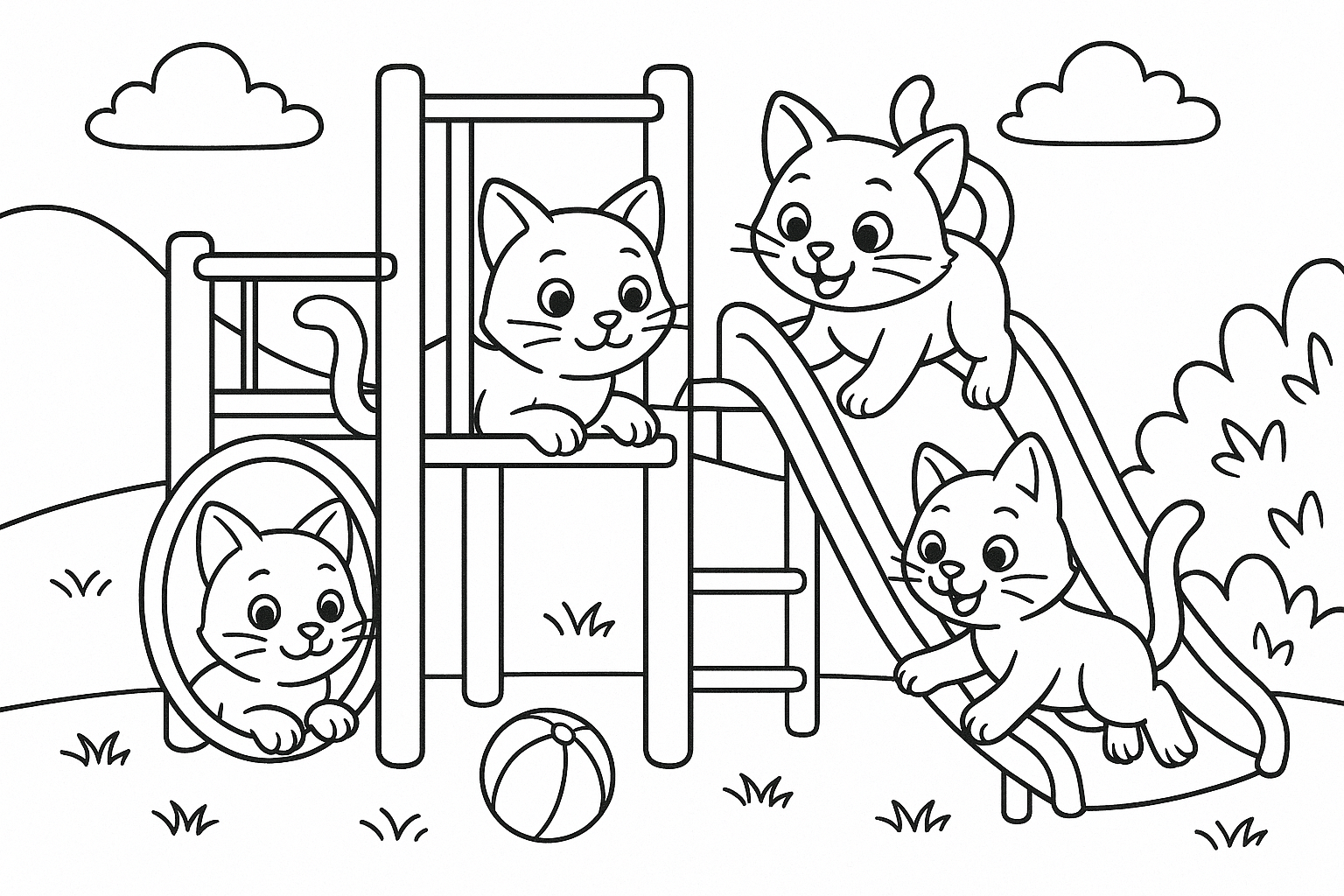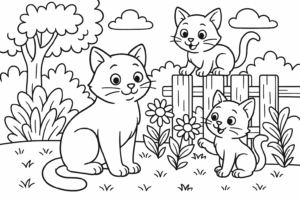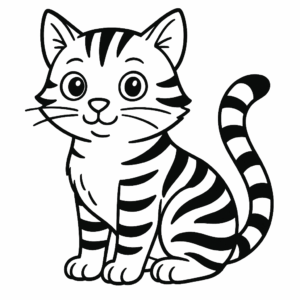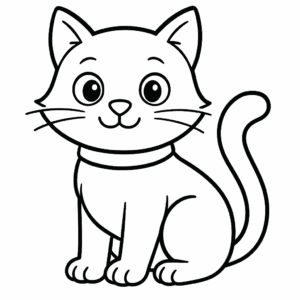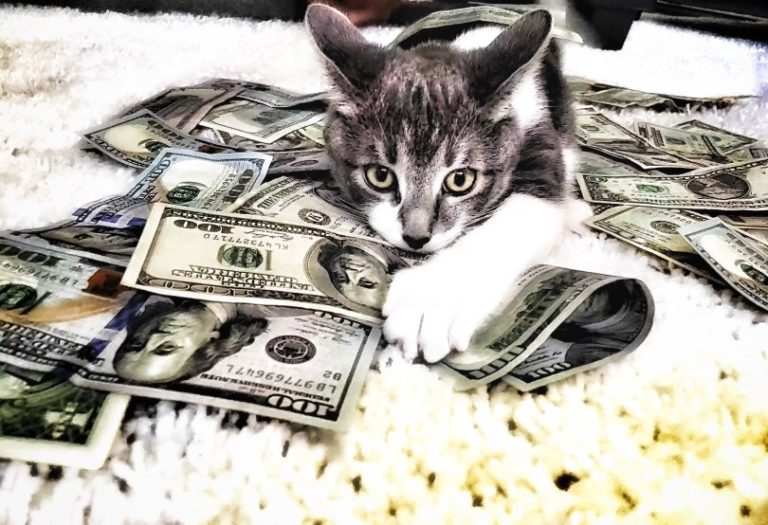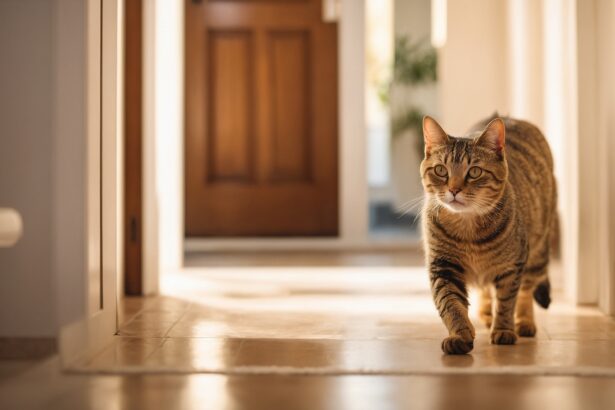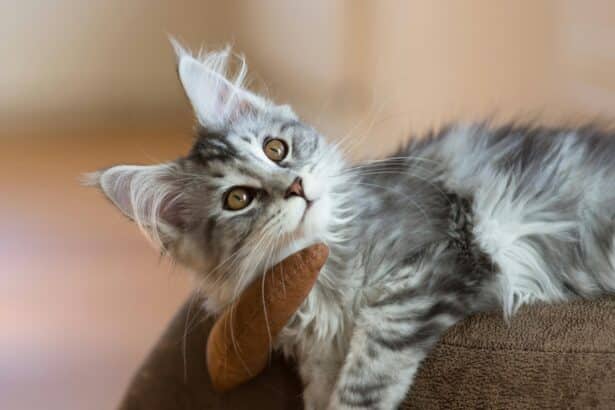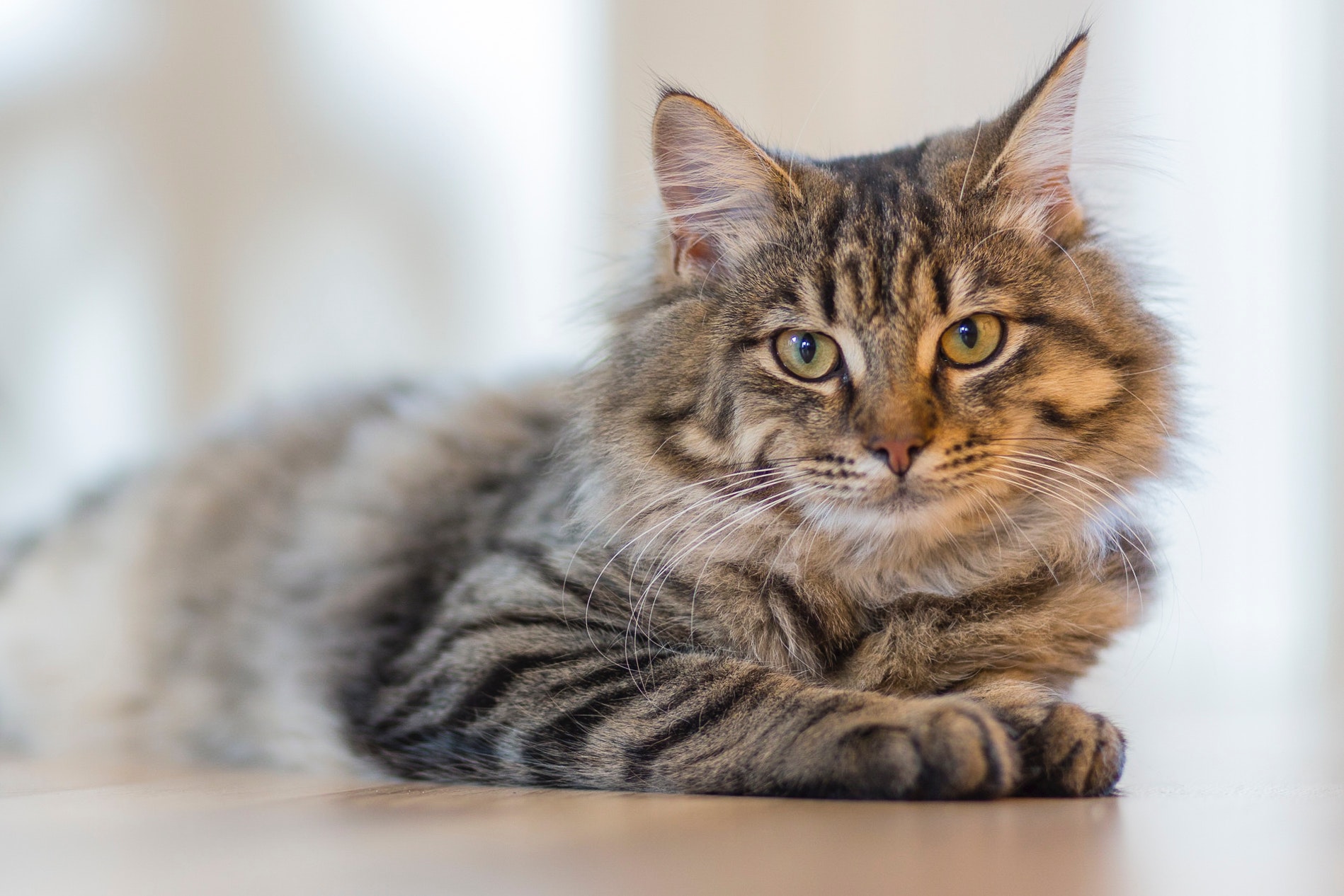Coloring isn’t just for rainy afternoons and little hands. For cat lovers, it’s a cozy ritual that blends creativity, calm and a dash of feline magic. Ready to curl up with your pencils and a purring muse?
Cat coloring helps quiet racing thoughts, sharpen focus and invite a gentle, mindful pause. The repetitive strokes, soft shapes and serene poses of cats turn each page into a tiny sanctuary.
Why Cat Coloring Feels So Therapeutic
Our brains love rhythm and pattern. Short pencil strokes that follow the direction of fur can be as soothing as listening to a calm purr.
Feline poses—curled tails, sleepy eyes, elegant whiskers—naturally nudge us toward relaxation. It’s the visual equivalent of a warm cup of tea.
Want to pair your coloring with a feel-good read? Discover why cats purr and keep the cozy vibes going.
Exploring Cat Coloring Styles
- Realistic cats: Observe light direction, fur flow and subtle color shifts. Think warm browns layered with cool grays for depth.
- Fantasy cats: Galaxy coats, floral manes, mer-cats—play with unexpected palettes and metallic accents.
- Mandalas with cats: Repetitive patterns meet feline silhouettes for an ultra-calming experience.
- Pop/chibi cats: Bold outlines, simplified shapes and candy colors for joyful, low-pressure pages.
Need reference ideas for fur colors and patterns? Browse this inspiring guide to cat breeds and pick your next muse.
How to Choose the Right Cat Coloring Book
- Paper matters: Aim for thicker, acid-free pages. If you love markers, single-sided pages are best.
- Binding and format: Spiral bindings lay flat, and perforated pages make gift-giving easy.
- Complexity: Pick line art that matches your mood—bold and simple for unwinding, detailed for deep focus.
- Print quality: Clean, crisp lines elevate your final result and make shading easier.
Quick inspiration break: if you need fresh ideas for poses and expressions, feast your eyes on these adorable cat photos before you color.
The Best Materials for Beautiful Cat Pages
- Colored pencils: Ideal for fur. Layer lightly, glaze colors, then burnish at the end for a soft sheen.
- Alcohol markers: Silky blends and bold color. Use a blotter sheet underneath to prevent bleed-through.
- Fineliners: Perfect for whiskers, tiny stripes and nose details.
- Watercolor or watercolor pencils: Dreamy backgrounds and soft undercoats. Tape edges to reduce warping.
- White gel pen: Add whiskers and eye catchlights as a final sparkle.
Common mistake to avoid
Pressing too hard too soon. Heavy pressure flattens the paper’s tooth, making smooth layering impossible and muddying fur texture.
Build color in whisper-light layers first, then burnish only where you want a satin finish.
Practical tip you’ll love
Create a mini “fur swatch card” before you start. Choose three pencils for highlights, mid-tones and shadows, then test 1 cm strokes in the fur direction.
Keep the card inside your book as a quick guide so your cat’s coat looks consistent from ear to tail.
Curious about color perception? A quick read on how cats see can inspire surprising palettes and contrasts.
Tips and Tricks for Coloring Realistic Cats
- Fur flow: Use short, tapered strokes that follow growth. Vary pressure to suggest depth and softness.
- Undercoat first: Glaze a light base layer, then add mid-tones and dark strands. Leave a few light gaps for fluffiness.
- Eyes that glow: Shade the iris from dark rim to lighter center. Add a crisp, off-center highlight with a white gel pen.
- Nose and muzzle: A soft blush of warm pink or peach, blended into subtle gray-brown shadows under the nose.
- Whiskers: Draw around them (negative space), or add them last with a white pen for a clean snap.
Surprising fact: Tortoiseshell and calico cats are almost always female due to how coat color is linked to the X chromosome. Perfect trivia for your next coloring session!
Free Printables: Easy Ways to Create Personalized Pages
- Trace your own cat: Tape a photo to a window, place paper on top and lightly trace the main shapes. Add stripes and whiskers afterward.
- Use simple print settings: Convert a photo to black-and-white, increase contrast, then print at “draft” or “outline” style to get clean lines to color.
- Grid method: Draw a light grid over a photo and replicate the outlines onto your page, one square at a time.
Important reminder
Respect copyright and use personal photos or public-domain images for tracing. Keep your printables for personal use or as handmade gifts.
Feeling mellow while you color? Set the mood with a gentle read on why cats purr and let the calm continue.
Finishing Touches That Elevate Your Page
- Backgrounds: Soft gradients, bokeh dots or a light vignette let your cat pop without stealing the scene.
- Contrast magic: Deepen shadows right under the chin, belly and tail base. A touch of darkness makes fur look fluffier.
- Flatten wavy pages: If watercolor buckles the paper, let it dry completely, then press it overnight between heavy books.
Marker users, read this
Slip a cardstock behind your page, test colors on a margin and let layers dry briefly. This prevents bleed and keeps edges crisp.
FAQ
What pencils are best for cat coloring?
Choose soft, blendable colored pencils. Mix wax- and oil-based sets for both creamy layering and sharp details.
How do I color realistic cat eyes?
Shade from the dark outer rim toward a lighter center, add a subtle shadow under the upper lid and finish with a bright, clean highlight.
How can I stop markers from bleeding through?
Use a blotter sheet, pick single-sided pages and let layers dry between passes. Outline light areas with a fineliner to contain color.
Where can I find printable cat coloring pages?
Search for free, personal-use line art or trace your own cat photos. Always check usage rights before printing or sharing.


